Table of Contents
Imagine you’re troubleshooting a faulty radio or diagnosing interference in a communication system. In these scenarios, having the right tools is crucial, and one of the most indispensable tools in your arsenal is a spectrum analyzer. Spectrum analyzers are essential in various industries, including telecommunications, broadcasting, aerospace, and RF/microwave engineering. They allow you to visualize and measure the frequency spectrum of signals, making them essential for accurate diagnostics.
Choosing the best spectrum analyzer for your needs can be challenging, given all the available options. However, a suitable spectrum analyzer can significantly enhance your ability to identify unwanted signals, troubleshoot equipment, verify compliance with regulations, and characterize components. Selecting the right one can lead to accurate measurements and resource savings.
This guide will walk you through the key factors to consider when selecting a spectrum analyzer. We’ll explore the different types of spectrum analyzers, discuss budget considerations, and provide brand and model recommendations to help you make an informed decision. Whether you’re an engineer, technician, or professional in broadcasting, telecommunications, or aerospace, this guide will provide the knowledge to choose the best spectrum analyzers for your specific applications.
Demystifying Spectrum Analyzers
To truly understand the power of spectrum analyzers, let’s examine how they work and the valuable insights they can provide.
The Inner Workings of Spectrum Analyzers
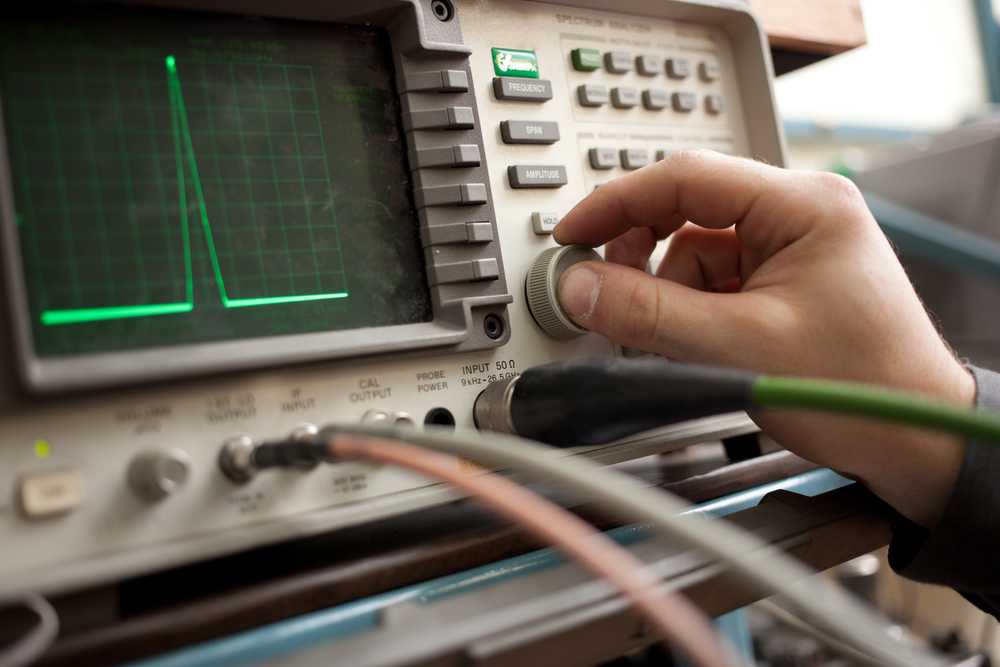
Spectrum analyzers are sophisticated devices that allow you to see what’s happening in the invisible world of electromagnetic signals. But how exactly do they work? Let’s break it down:
- Frequency domain analysis: Unlike oscilloscopes that show signals over time, spectrum analyzers display them in the frequency domain. This means they show you the strength of different frequency components within a signal.
- Signal strength measurement: These devices measure the amplitude power of each frequency component in a signal, typically displayed in decibels (dB).
- Visualization: The results are presented on a graph, with frequency on the horizontal axis and amplitude on the vertical axis. This visual representation makes identifying specific frequency components and their relative strengths easy.
Think of a spectrum analyzer as a radio with a very precise tuner and a way to measure signal strength. It rapidly tunes across a range of frequencies, measuring the strength of any signals it encounters.
The Power of Spectrum Analysis
Spectrum analyzers offer many advantages for professionals working in a variety of fields:
- Identifying unwanted signals: One primary use of spectrum analyzers is to detect and identify unwanted signals that can disrupt communication systems or interfere with electronic equipment. Whether radio frequency interference (RFI) from nearby transmitters or electromagnetic interference (EMI) generated by faulty components, spectrum analyzers can pinpoint the source of the disturbance.
- Troubleshooting equipment: When electronic devices malfunction, spectrum analyzers can help diagnose the underlying problem by analyzing the signals produced by the equipment. For instance, an analyzer can reveal abnormalities in the output signal in a faulty radio transmitter, leading to more efficient troubleshooting and repairs.
- Verifying compliance with regulations: Many industries have stringent regulations covering the emissions of radio frequency energy. Spectrum analyzers play a vital role in ensuring compliance by measuring the power levels of transmitted signals and verifying that they stay within the prescribed limits.
- Characterizing components: Spectrum analyzers are indispensable for characterizing the performance of various RF components, such as amplifiers, filters, and oscillators. By analyzing the output signals of these components, engineers can assess their frequency response, gain, and other vital parameters.
Real-World Applications
Spectrum analyzers prove their worth across various industries. Here are some concrete examples:
- Aerospace: Engineers use spectrum analyzers to test RF components in aircraft communication systems. They verify that transmitters operate on the correct frequencies and power levels, ensuring clear and reliable communications.
- Broadcasting: Spectrum analyzers help monitor signal quality and ensure compliance with broadcast standards in TV and radio stations. They’re essential for identifying and eliminating sources of interference that could degrade the viewer or listener experience.
- Telecommunications: These devices are crucial for electromagnetic interference (EMI) detection in cell phone networks. Technicians use spectrum analyzers to locate and eliminate sources of interference that could disrupt service quality.
- Wi-Fi network optimization: IT professionals use portable spectrum analyzers to identify the least congested channels for Wi-Fi networks, ensuring optimal performance in crowded environments.
- Medical equipment: In hospitals, spectrum analyzers help maintain the integrity of wireless medical devices by ensuring they operate on their designated frequencies without interference.
Understanding Spectrum Analyzers
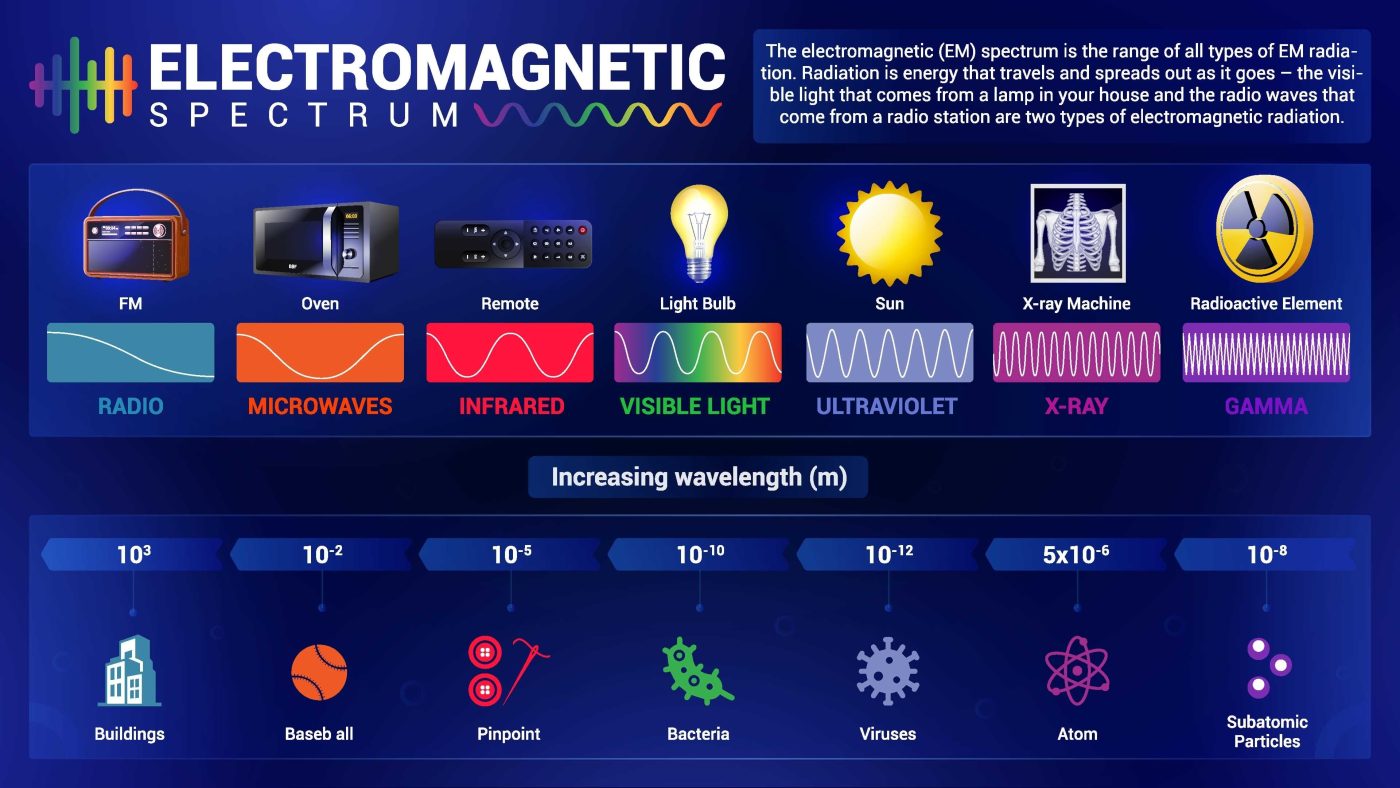
When selecting the best spectrum analyzer, you must understand the available types. Each type has unique features, and here we’ll explore three basic types: swept spectrum analyzers, vector signal analyzers (VSA), and real-time spectrum analyzers.
Swept Spectrum Analyzers
Swept spectrum analyzers are the most common, offering a versatile and cost-effective solution for many applications. They sweep a range of frequencies, one at a time, and measure the signal strength at each point. This process allows for a detailed analysis of the frequency spectrum.
Advantages of swept spectrum analyzers:
- Wide frequency range: Swept spectrum analyzers typically cover a broad range of frequencies, making them suitable for various applications, from radio frequency (RF) to microwave and millimeter wave.
- High dynamic range: They can accurately measure signals over a wide range of amplitudes, allowing for the detection of both strong and weak signals.
- General-purpose applications: Swept spectrum analyzers are ideal for general-purpose tasks, such as signal analysis, interference detection, and component testing.
Limitations of swept spectrum analyzers:
- Slower sweep times: Compared to other types of analyzers, swept spectrum analyzers can be relatively slow in their scanning process. This can limit their ability to capture transient events or rapidly changing signals.
Vector Signal Analyzers (VSA)
Vector signal analyzers take spectrum analysis to the next level by capturing a signal’s amplitude and phase information. This additional dimension provides a more comprehensive understanding of the signal’s characteristics.
Benefits of vector signal analyzers:
- Complex signal analysis: VSAs are ideal for analyzing complex modulated signals, such as those in digital communications. They can demodulate these signals, extracting valuable information about their modulation type, data range, and error rates.
- Deeper signal characterization: By capturing both amplitude and phase, VSAs allow for a deep analysis of single-quality parameters, including phase noise, modulation distortion, and spurious emissions.
Trade-offs of vector signal analyzers:
- Higher cost: VSAs are generally more expensive than swept spectrum analyzers due to their increased complexity and capabilities.
- Narrower frequency range: Some VSAs may have a narrower frequency range compared to swept spectrum analyzers, limiting their suitability for specific applications.
Real-Time Spectrum Analyzers (RTSA)
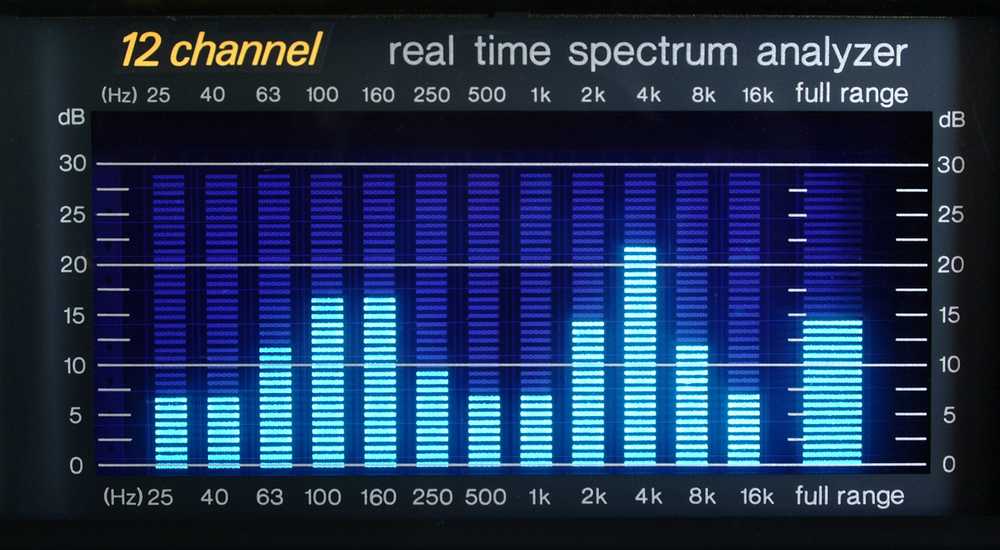
Real-time spectrum analyzers are designed to instantaneously capture a wide bandwidth of signals, providing a snapshot of the frequency spectrum at a given moment. This capability is vital for analyzing rapidly changing signals and transient events.
Advantages of real-time spectrum analyzers:
- Transient event capture: RTSAs are ideal for capturing fleeting events, such as interference spikes or short-duration pulses.
- Fast-changing signal analysis: They can effectively analyze signals that change rapidly over time, making them suitable for radar and electronic warfare applications.
- EMI pre-compliance testing: RTSAs are often used for EMI pre-compliance testing, which requires capturing a device’s worst-case emission levels.
Potential drawbacks of real-time spectrum analyzers:
- Limited frequency range: Compared to swept spectrum analyzers, RTSAs may have a more limited frequency range, depending on the specific model.
- Higher cost: RTSAs can be more expensive than traditional swept spectrum analyzers due to their advanced technology.
Selecting the Best Spectrum Analyzer for Your Needs
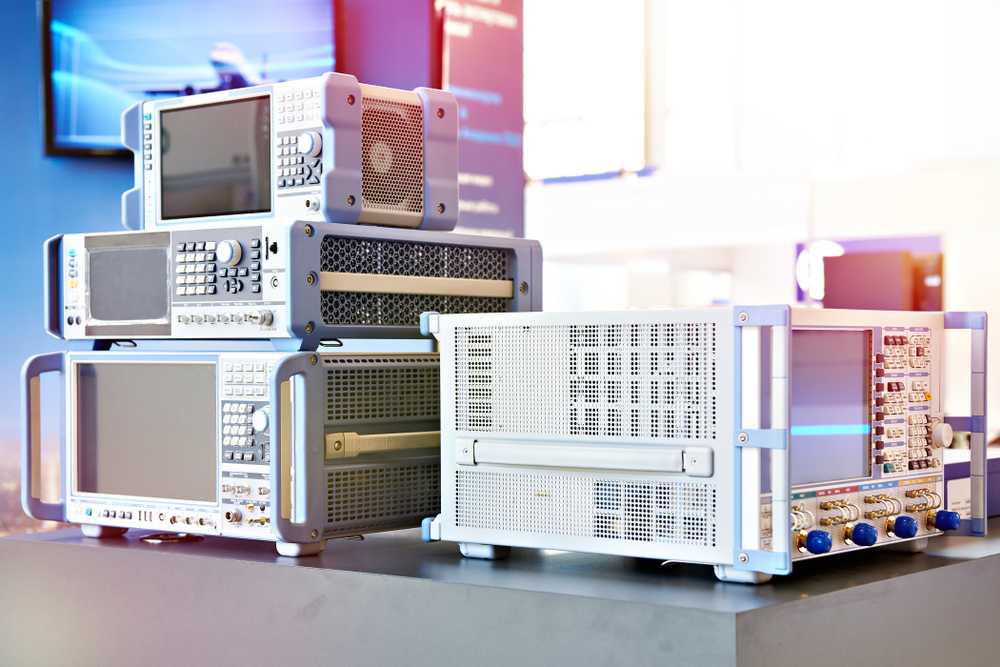
Considering all the options, choosing the best spectrum analyzer for your needs can seem complex, but the following steps will help you ensure you pick the best one.
Define Your Needs
Before exploring the world of spectrum analyzers, you should clearly define your specific needs and applications. Ask yourself:
- What tasks will you primarily use the analyzer for?
- What types of signals will you be measuring?
Consider these typical applications:
- Troubleshooting radio interference
- Characterizing RF filters
- Analyzing modulated signals in communication systems
- Conducting EMI/EMC pre-compliance testing
- Monitoring spectrum usage in wireless networks
Once you’ve identified your primary applications, focus on the key specifications that matter the most to your use case:
- Frequency range: Determine the lowest and highest frequencies you’ll need to measure. For example, if you’re working with Wi-Fi signals, you’ll need coverage up to at least 6 GHz.
- Dynamic range: This affects your ability to measure weak signals in the presence of strong ones. A more comprehensive dynamic range is crucial for applications like spurious emissions testing.
- Measurement capabilities: Consider whether you need:
- Modulation analysis for digital communications
- Phase noise measurements for oscillator characterization
- Power measurements for amplifier testing
- Portability: Will you need to take measurements in the field, or is a benchtop unit sufficient?
Consider Your Budget
Spectrum analyzers can vary significantly in price, ranging from entry-level models to high-end instruments with advanced features. It’s important to set a realistic budget and prioritize the features that are most essential for your applications:
- Prioritize essential features: Identify the core features crucial to your work and allocate a more significant portion of your budget.
- Consider used equipment: A cost-effective option is to explore used spectrum analyzers from reputable vendors. Sonoran Surplus offers a wide selection of pre-owned spectrum analyzers at competitive prices, allowing you to find the right equipment within your budget.
Brand and Model Recommendations
While the best spectrum analyzer depends on what you’ll use it for, certain brands and models consistently receive high marks from professionals.
Keysight Technologies
Keysight, formerly known as Agilent/HP, is a leading provider of electronic measurement solutions. Their spectrum analyzers are known for their accuracy, reliability, and wide range of features. Some popular models include:
Keysight handheld spectrum analyzers:
- N9344C: This rugged, weather-resistant handheld spectrum analyzer operates up to 20 GHz. It’s designed for field testing and offers best-in-class measurement performance, field test automation, and rich measurement features.
- N9918B: This versatile FieldFox handheld microwave analyzer combines multiple RF instruments in one compact device.
Keysight benchtop spectrum analyzers:
- N9030A: This high-performance benchtop spectrum analyzer has a frequency range of up to 26.5 GHz. It provides excellent dynamic range, resolution bandwidth, and advanced measurement capabilities.
- E4440A: This reliable PSA series spectrum analyzer is known for its excellent RF performance and versatile measurement applications.
Rohde & Schwarz
Rohde & Schwarz offers a comprehensive portfolio of spectrum analyzers, catering to various applications from research and development to product testing. Their analyzers are renowned for their performance, versatility, and ease of use. Popular models include:
Rohde & Schwarz handheld spectrum analyzers:
- RSA306A: This handheld spectrum analyzer operates up to 6.2 GHz. It’s portable, easy to use, and suitable for field applications.
- RSA306C: This updated version of the RSA306C offers improved sensitivity and faster sweep speeds.
Rohde & Schwarz benchtop spectrum analyzers:
- FSV30: This high-performance benchtop spectrum analyzer has a frequency range of up to 30 GHz. It offers excellent face noise performance, wide analysis bandwidth, and advanced measurement features.
- FSU26: This benchtop spectrum analyzer covers frequencies up to 26.5 GHz. It’s known for its accuracy, sensitivity, and modulation analysis capabilities.
Tektronix
Tektronix is another well-established brand in the electronic measurement industry. Their spectrum analyzers are known for their reliability, affordability, and user-friendly interfaces. Here are some popular models:
Tektronix handheld spectrum analyzers:
- RSA6000A: This portable real-time spectrum analyzer has a wide bandwidth, ideal for capturing elusive signals in the field.
- RSA6025A: This high-performance, handheld spectrum analyzer offers advanced triggering capabilities for complex signal environments.
- Tektronix benchtop spectrum analyzers:
- RSA306A: This benchtop spectrum analyzer operates up to 6.2 GHz. It provides good performance and flexibility for various applications.
- RSA306C: This enhanced version of the RSA306A features improved sensitivity and faster data processing capabilities.
Conclusion
The suitable spectrum analyzer that meets your current requirements and gives you room for growth. Whether you’re troubleshooting radio interference, characterizing RF components, or conducting complex signal analysis, a spectrum analyzer is perfect for your applications.
At Sonoran Surplus, we understand the importance of finding the ideal spectrum analyzer for your unique needs. Our team of experts is ready to help you navigate the selection process, offering a wide range of high-quality, pre-owned analyzers from top brands at competitive prices.
Are you ready to improve your signal analysis capabilities? Visit our website to browse our extensive inventory of spectrum analyzers. Use our contact form if you need more help finding the right one. We’d like to help you find the perfect tool.

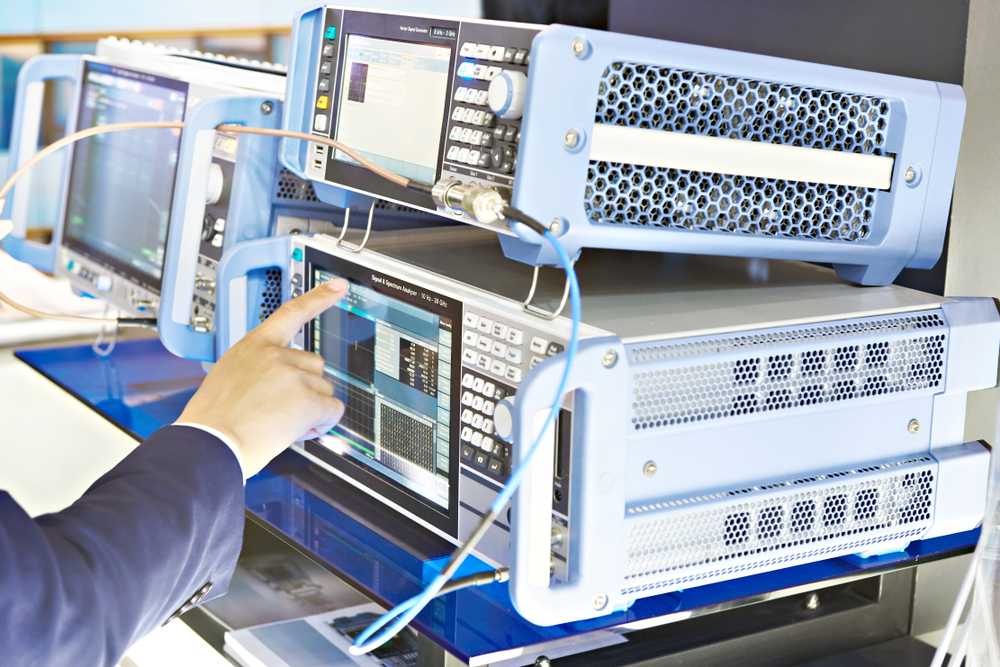
Pingback: Used Test Equipment: A Smart Choice for R&D and Quality Control